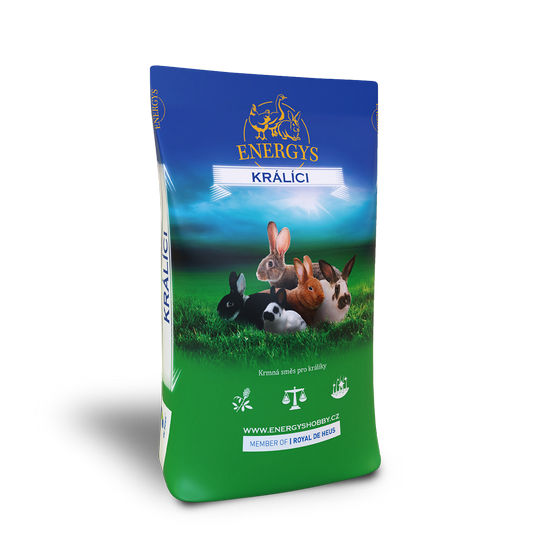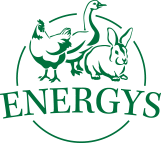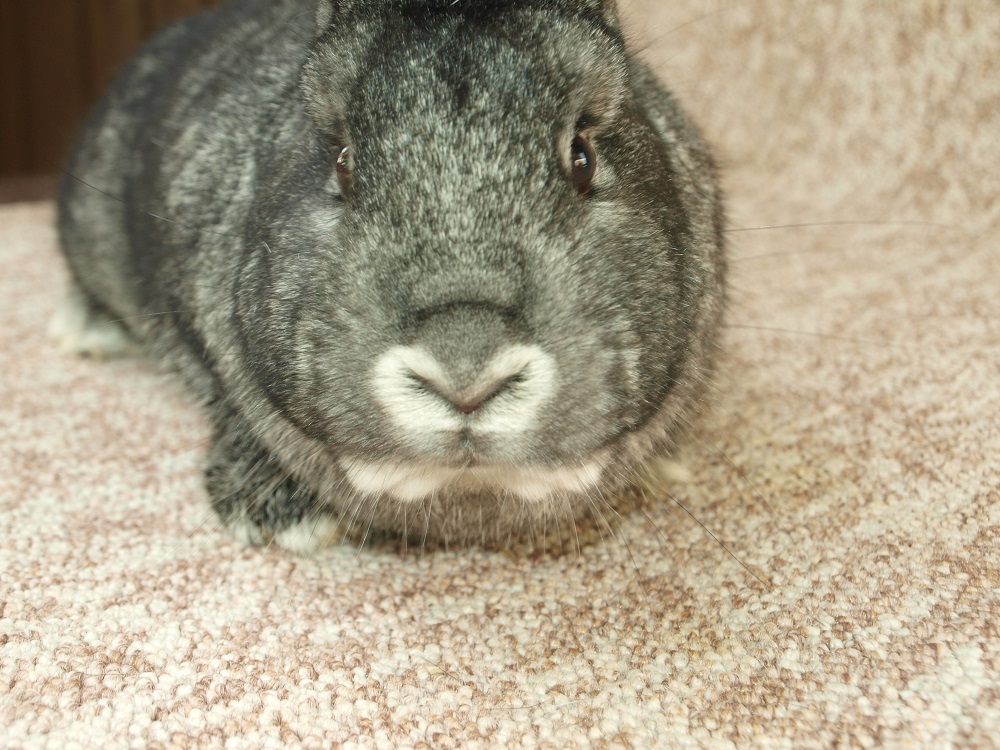Rabbits
Poultry
Laying hens
Quails
Guinea pigs
Pigs
Ostriches
Sheep and goats
Pigeons
Pheasants
Forest animals
Rabbit diseases and their treatment – ear scabies, tizer’s disease and heat stress
In this article we will discuss several rabbit diseases – ear scab, tyzzer’s disease and heat stress.
Ear scabies in breeding rabbits
This disease is caused by a skin parasite that lays eggs for the development of the next generation in the subcutaneous tissue inside the ear. Inside the ear, a light brown crust forms on the skin. This disease is often seen if the breeder does not pay enough attention to the rabbits. Rabbits become restless, and even milder infections result in greatly reduced pregnancy rates. Other bacteria can enter the body through skin lesions and cause further problems.
Scabies can be easily prevented and treated with Ivomec 0.3 ml, injected 3 to 4 times a day after parturition. Of course, other medicines are also available. For all information, please contact your veterinarian.
Tyzzer disease (bacillus piliformis)
This disease is caused by a sporulating bacterium called bacillus piliformis (clostridium piliforme). The spores spread on the farm and many rabbits are infected without immediately showing clinical signs. Often the disease is first noticed in breeding females. Several thin females with sticky droppings appear and often abort the embryos.
Later, diarrhoea also appears in fattening rabbits. In dead animals, small necrotic spots the size of a needle can be observed on the liver. In females, the wall of the appendix is thickened, has a glassy appearance and feels like rubber. The spores are very resistant (they provide protection for the bacterium from environmental influences) and once the infection enters the breeding stock, it is virtually impossible to get rid of. The disease is spread by infected rodents.
Heat stress
Although it is not a disease, it is extremely important to avoid heat stress and keep it to a minimum for good health. Rabbits can only dissipate heat through their ears and breathing, not sweating.
Although the maximum should be done by maintaining a cool climate and cold drinking water, another option to limit the impact of heat stress is to administer vitamin c (5 g per 10 litres) in water. Vitamin c stimulates hemoglobin production, the immune system and stimulates respiration. All this helps to manage heat stress, but as mentioned above, maximum attention must be paid to prevention through microclimate management. However, do not expect that treatment alone can replace an optimal microclimate.
Related posts
10. April 2024
Keeping dwarf rabbits as pets is becoming increasingly popular. It does not require a lot of space and is ideal for people who live in smaller homes or apartments. Dwarf rabbits are also very friendly, so it’s no wonder that people are choosing them for this purpose more and more often. As with all animals,…
30. August 2022
In this article we will discuss several rabbit diseases – ear scab, tyzzer’s disease and heat stress.
24. August 2022
In this article we look at two diseases – e.Coli and enterocolitis.
2. August 2022
In this article we look at two common rabbit diseases, myxomatosis and infectious rhinitis.
13. July 2022
In the following article we will discuss rabbit plague – rhd or vhd (viral haemorrhagic disease of rabbits).
Related products

RABBIT DWART
Complete pelleted feed for dwarf rabbits with high digestibility. It contains a high proportion of fibre (high alfalfa and grass cake content) and a reduced sugar and starch content. Contains flaxseed, which has a positive effect on coat quality. Suitable for daily feeding. We recommend providing rabbits with safe fresh water and hay.

RABBIT CHAMPION
Feed for show rabbits, does not include Coccidiostat. A unique mix significantly supports the quality and growth of fur. Serve when moulting and at least two months before the start of the show season.

RABBIT GOLD FORTE
A premium feed mix in an ideal make up for gestating and breast feeding females. For the intensive fattening of rabbits for a period of up to 5 days before slaughter. It supports fast growth, meat content and an excellent state of health. It contains a coccidiostat which lowers the risk of mortality.

RABBIT KLASIK FORTE
Intended for the fattening of rabbits up to a point at least 5 days before slaughter. Suitable for attaining a high meat content and an excellent state of health. Thanks to its Coccidiostat content it lowers the animals mortality.

RABBIT KLASIK
For the final phase of rabbit fattening, a minimum of 5 days before slaughter. It supports high meat content and excellent taste qualities in rabbit meat. Without a coccidiostat.

RABBIT START
For young rabbits from the start of accepting feed to 4-6 weeks after weaning. The feed helps to significantly lower the death rate in the period around weaning. It contains a raised percentage of fibre and less starch. It does not contain a coccidiostat.

